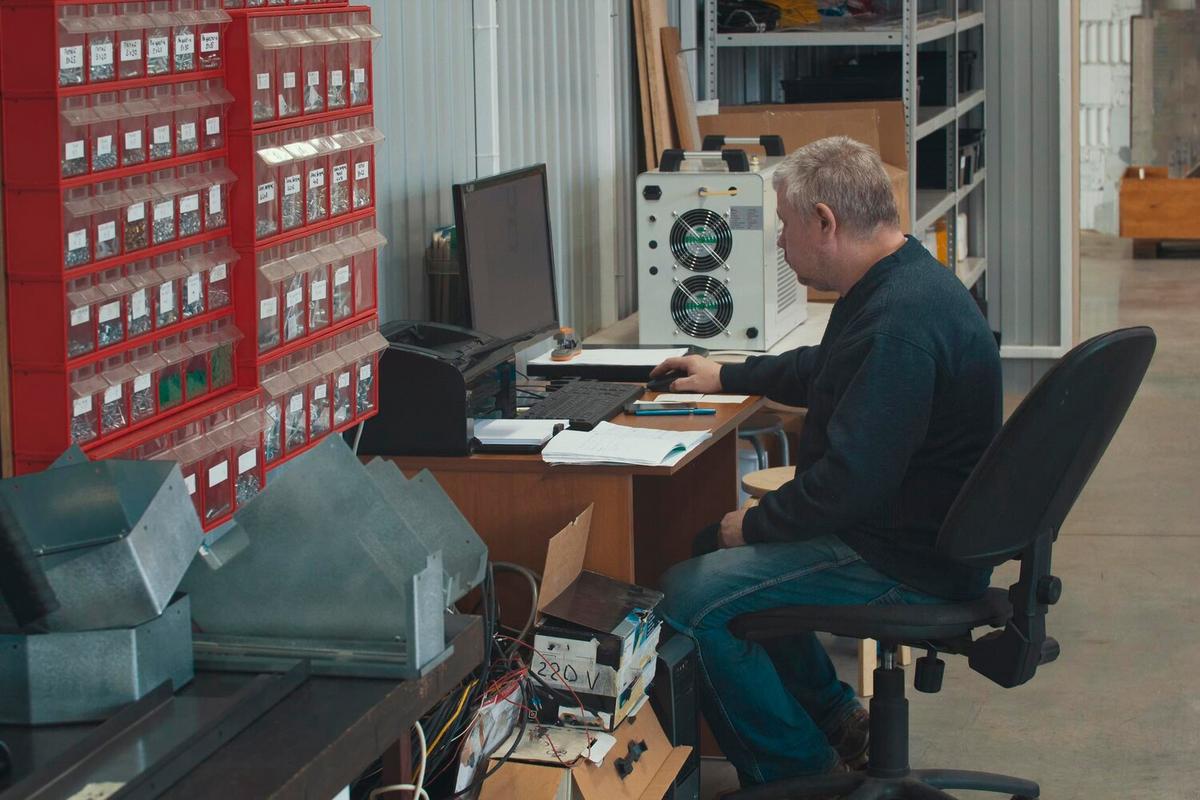In recent years, the concept of NFTs has sparked significant interest and debate, often overshadowed by the art world buzz. However, NFTs, or Non-Fungible Tokens, extend far beyond digital art, offering unique applications across various industries.
As blockchain technology continues to evolve, it’s crucial to understand NFTs’ broader implications. NFTs are unique digital assets verified using blockchain technology, ensuring authenticity and ownership. Unlike cryptocurrencies like Bitcoin or Ethereum, which are interchangeable, NFTs are one-of-a-kind.
What Sets NFTs Apart?
NFTs have transformed how we perceive ownership and value in the digital realm. According to a report by DappRadar, the NFT market reached a staggering $2 billion in sales in the first quarter of 2021 alone. This growth is not just about art; it’s about redefining digital ownership.
Expert Insights
Cryptocurrency expert and entrepreneur Gary Vaynerchuk emphasizes, “NFTs are about digital ownership. It’s not about the art, it’s about what it represents in the digital economy.” This perspective highlights the shift towards digital scarcity and provenance.
Beyond Art: Real-World Applications
While digital art gains most attention, NFTs have diverse applications:
- Gaming: NFTs enable true ownership of in-game assets, allowing players to trade or sell items outside the game.
- Music: Musicians can release exclusive tracks or albums as NFTs, providing new revenue streams.
- Real Estate: Virtual real estate in digital worlds like Decentraland can be bought and sold as NFTs.
- Fashion: Digital fashion items can be owned and flaunted in virtual spaces.
Personal Experience
Consider the story of Mike Winkelmann, known as Beeple, who sold an NFT artwork for $69 million. This sale not only marked a milestone in the art world but also demonstrated the potential of NFTs in creating new economic opportunities.
Getting Started with NFTs
If you’re interested in diving into the NFT world, here are some steps to consider:
- Research different NFT platforms and marketplaces.
- Create a digital wallet to store your NFTs.
- Set a budget and start with small investments.
- Engage with NFT communities to learn from others.
Comparison Table: NFTs vs. Cryptocurrencies
| Feature | NFTs | Cryptocurrencies |
|---|---|---|
| Interchangeability | Non-fungible | Fungible |
| Purpose | Ownership of unique assets | Medium of exchange |
| Value | Based on uniqueness and demand | Market-driven |
| Storage | Digital wallets | Digital wallets |
| Application | Art, music, gaming, etc. | Transactions, investment |
| Blockchain | Various (Ethereum, Flow) | Various (Bitcoin, Ethereum) |
| Verification | Blockchain-based | Blockchain-based |
| Marketplaces | OpenSea, Rarible | Exchanges like Binance |
FAQs
What makes NFTs unique compared to cryptocurrencies?
NFTs are unique digital assets, meaning each one is different and cannot be exchanged on a one-to-one basis like cryptocurrencies.
Can NFTs be used outside of digital art?
Yes, NFTs have applications in gaming, music, virtual real estate, and even fashion, offering diverse opportunities beyond art.
Conclusion
In conclusion, NFTs are reshaping digital ownership and offering new possibilities across various industries. Whether you’re an artist, gamer, or investor, understanding NFTs can open doors to innovative opportunities. By exploring this digital frontier, you can participate in a growing market that extends beyond the art hype, embracing the future of digital assets.




Leave a Reply